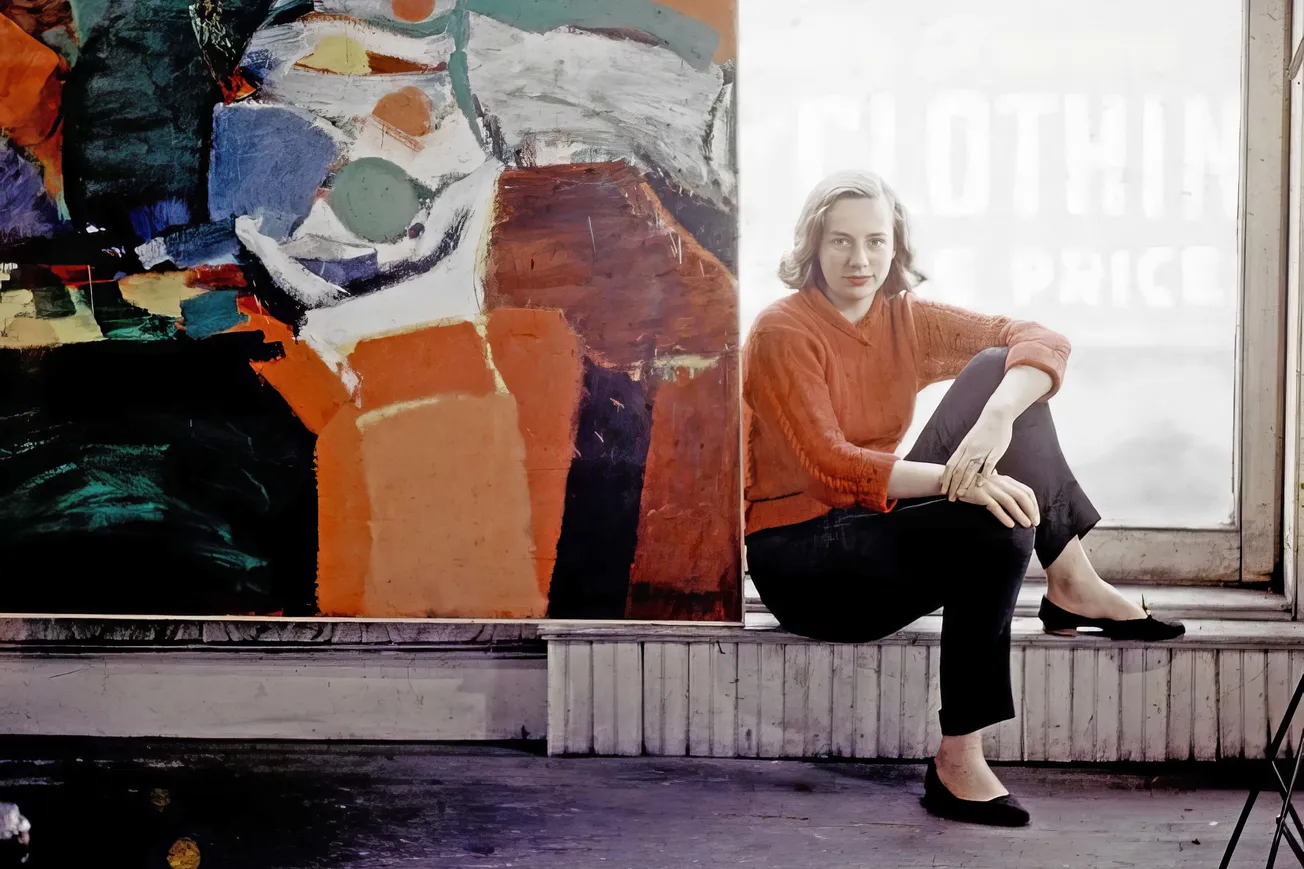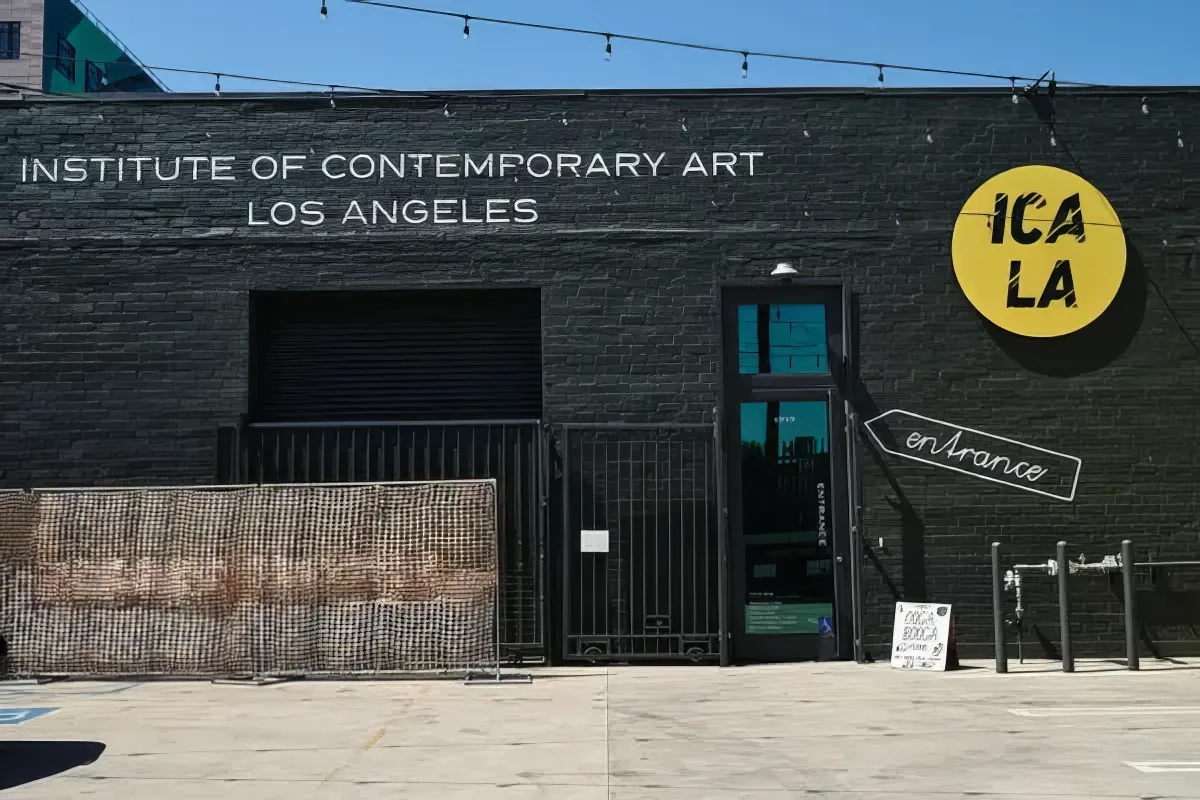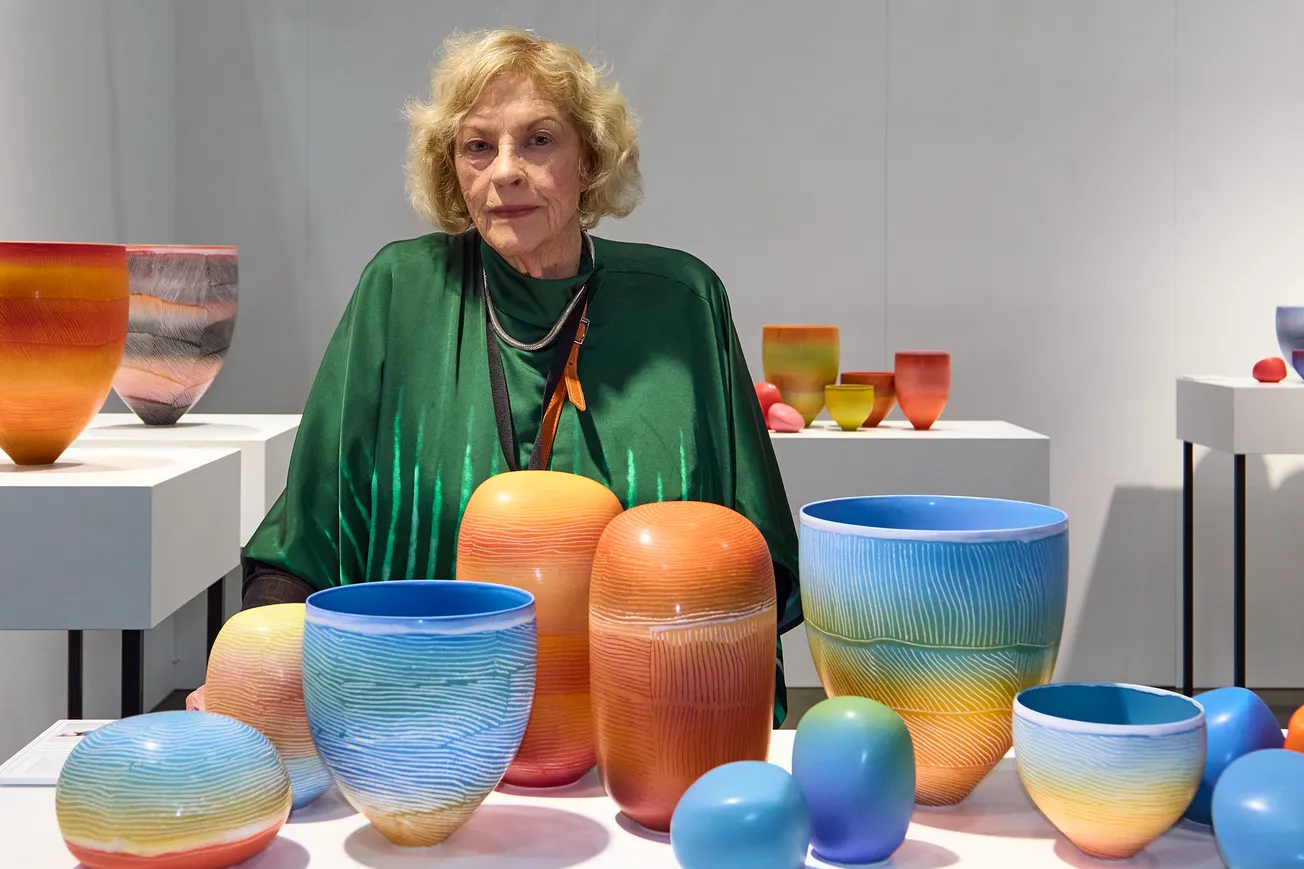Table of Contents
Drawn from prestigious public and private collections–including the Museum of Modern Art, the Whitney Museum of American Art, and the Levett Collection–the exhibition explores the dynamic exchange between Hartigan’s groundbreaking mid-20th-century work and the bold New York poets who inspired her, such as Daisy Aldan, Barbara Guest, James Merrill, Frank O’Hara, and James Schuyler. Uniting works created between 1952 and 1968, it offers a unique opportunity to experience Hartigan’s evolution during a pivotal moment in her career, when she deftly navigated between abstraction and figuration.
Exhibition curator Jared Ledesma, Curator of 20th-Century Art and Contemporary Art, states “This exhibition not only celebrates one of the era’s major yet widely unacknowledged artists, but also honors the unique connections she formed with literary figures, revealing the roles they played in her early success.” With their bold lyricism and critical support, the poets motivated Hartigan at a crucial point when her career was on the rise. Hartigan later recalled that the rebellious spirit of these poets, many of whom were queer, fueled an independent vision that defied artistic convention. Hartigan and her coterie of poets gave each other the gift of attention, ultimately leading her to create a transformative body of work.
This pre-reading material will introduce you to Hartigan's compelling story, setting the stage for a deeper understanding of her work.
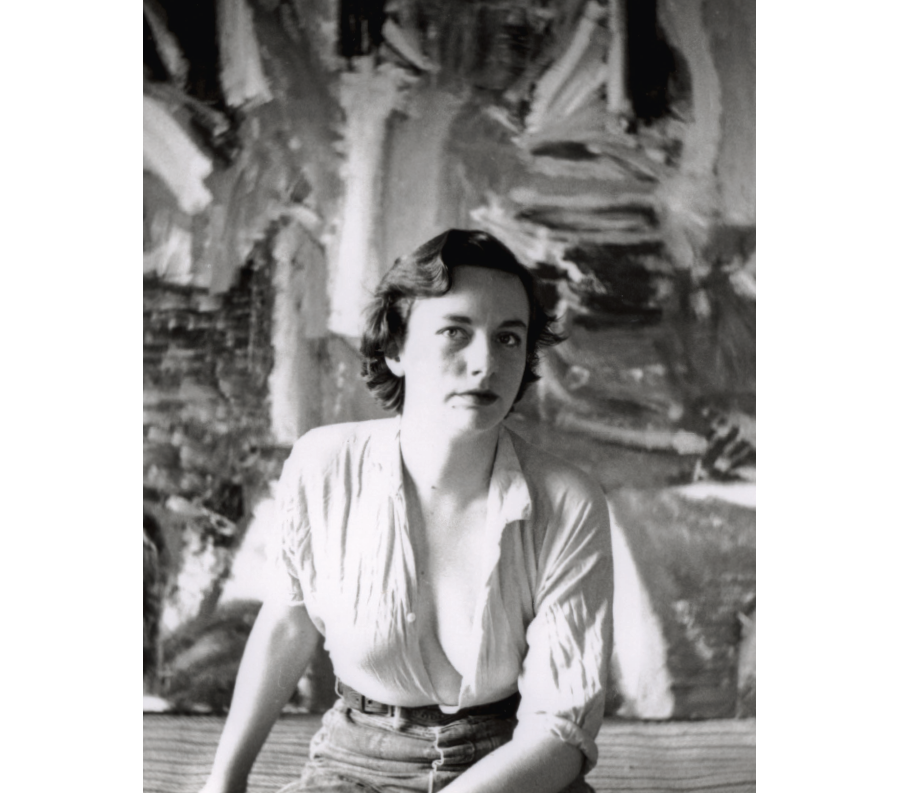
Grace Hartigan was a force to be reckoned with, a painter who carved her own path through the fiercely competitive, male-dominated art scene of post-war New York. Her story is one of raw talent, unwavering determination, and a constant pushing of artistic boundaries.
Hartigan's journey began in Newark, New Jersey, in the early 1940s. Initially working as a mechanical drafter, her life took a dramatic turn when she encountered the vibrant colours and expressive freedom of Henri Matisse. This encounter ignited a passion that led her to abandon the drafting table and plunge headfirst into the unpredictable world of paint and canvas.
Arriving in New York City, Hartigan found herself in the thick of the burgeoning Abstract Expressionist movement. The epicentre of this artistic revolution was 9th Street in Manhattan, a gritty landscape buzzing with creative energy and intense rivalry. As Mary Gabriel vividly describes in 'Ninth Street Women', the Cedar Tavern, a legendary haunt in the area, became a crucial meeting point: "The Cedar was the place where the artists gathered, argued, drank, fought, forged alliances, and fell in and out of love." This was the world Hartigan entered, a world where the likes of Willem and Elaine de Kooning, Jackson Pollock, and Lee Krasner held court. To not only participate but to be taken seriously in this environment required immense talent and an even stronger will.
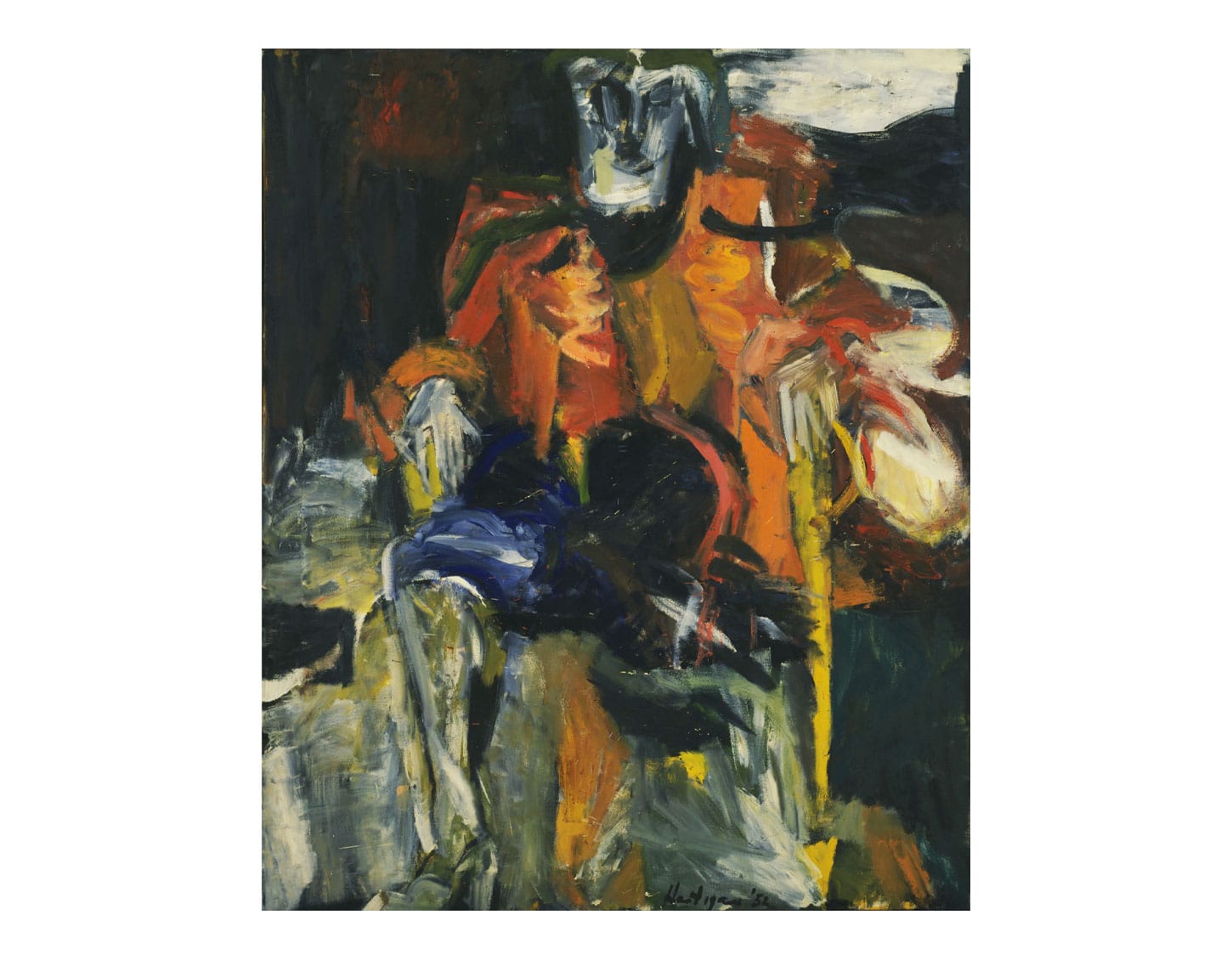
Hartigan possessed both. Hartigan's "Persian Jacket" marked a pivotal shift, moving beyond the pure gestural abstraction prevalent in the New York School by integrating recognizable figurative elements. While her paintings retained spontaneity and expressiveness, reflecting the era's focus on process, Hartigan sought more than pure abstraction. As Gabriel notes, she desired greater content, leading her to incorporate figurative elements drawn from mythology, literature, and urban life.
Her "Baltimore" series powerfully exemplifies this evolution. Inspired by her environment, these bold canvases transformed the city's energy. Hartigan's approach, informed by her study of Old Masters, distinguished her from purely abstract contemporaries. Gabriel observes her dual focus on past and future. This grounding in art history, combined with her contemporary vision, enabled her to create a unique artistic language.
Later in her career, Hartigan's influence extended beyond her own studio. She became a dedicated teacher at the Maryland Institute College of Art, where she mentored generations of artists, fiercely advocating for artistic freedom and individuality. Her story is a testament to unwavering dedication, a constant drive for innovation, and the sheer courage it took to not only enter but to thrive in a world that wasn't necessarily ready for her. Grace Hartigan was a pivotal figure, a key player in the second generation of Abstract Expressionists who not only held her own but left an indelible mark on the landscape of American art. This exhibition offers a chance to truly understand the depth and impact of her remarkable artistic journey.

